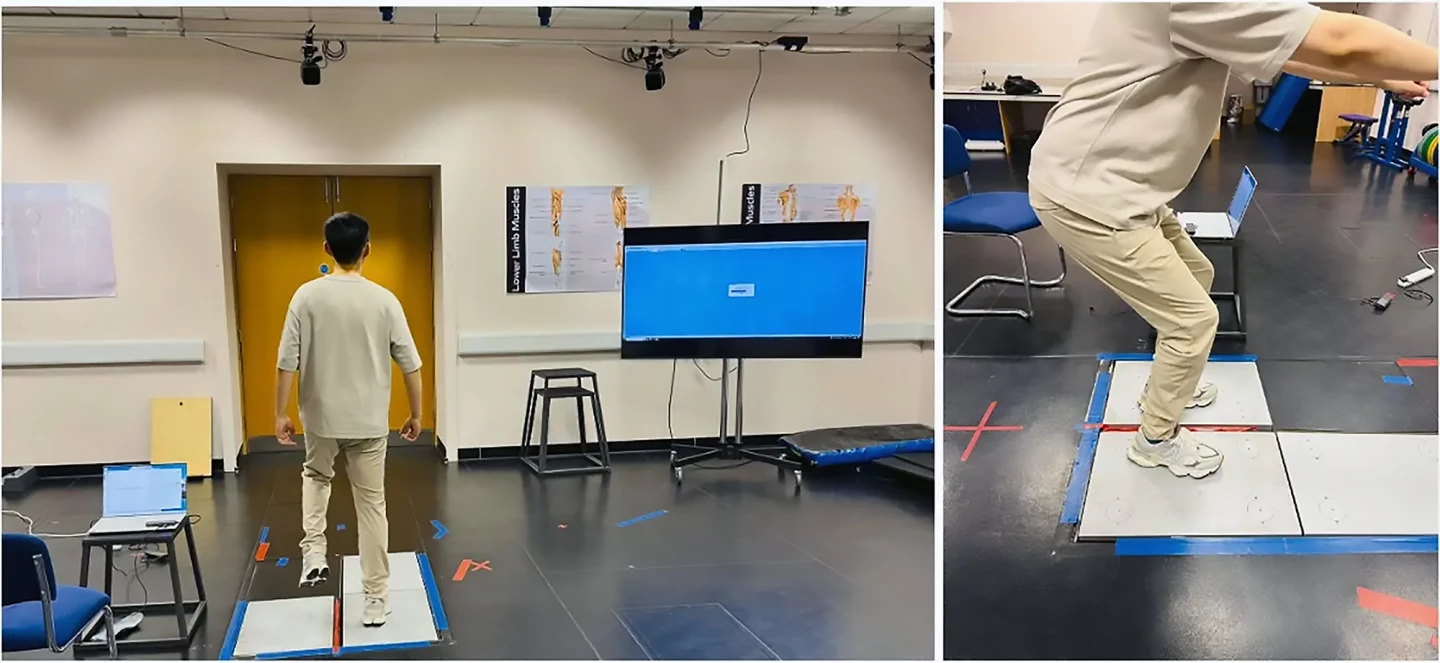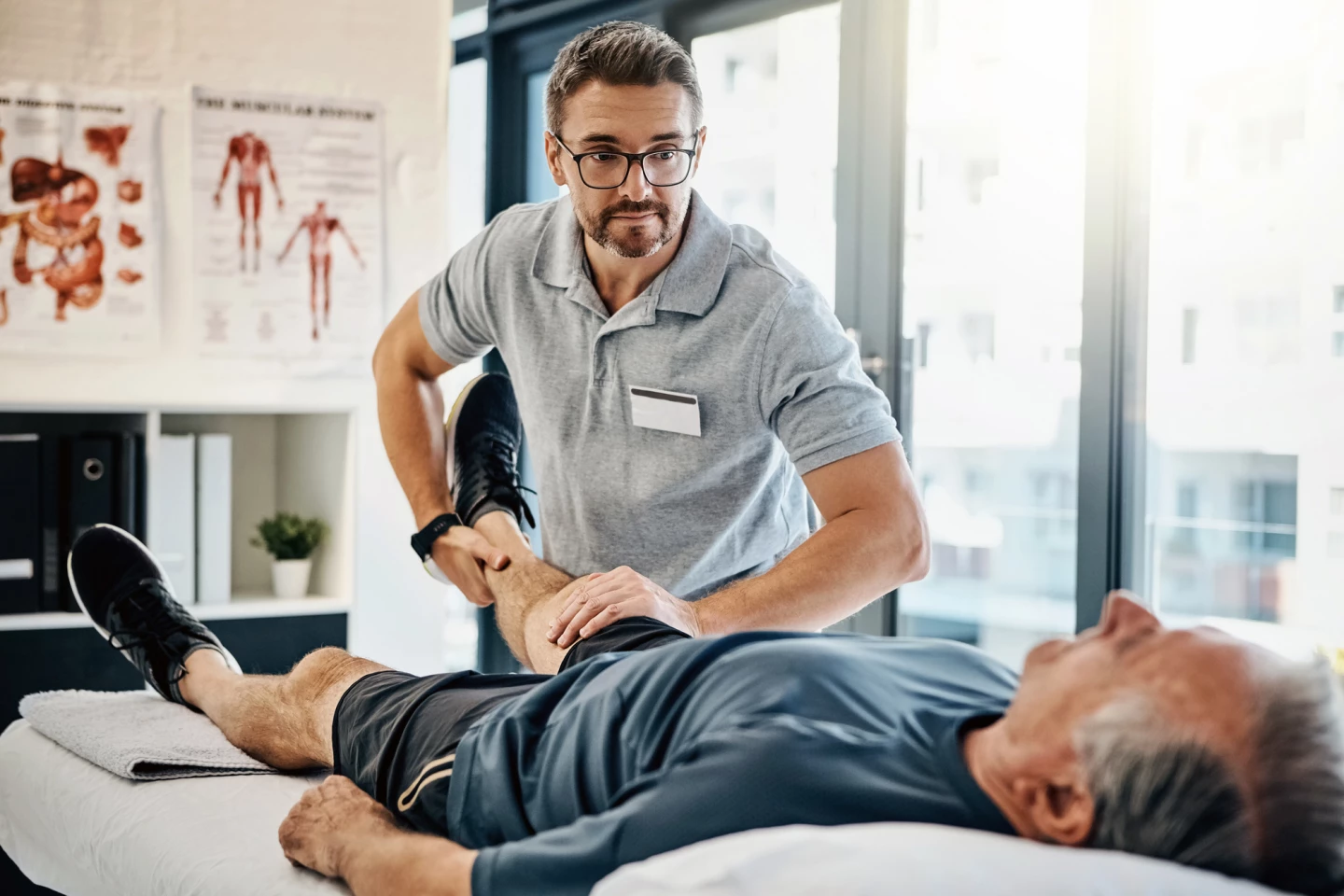Scientists have developed smart insoles that accurately measure the forces created when a foot hits the ground in the real world. The innovative tech has a range of applications, from assisting in rehabilitating injured patients to helping athletes achieve peak performance and prevent injuries.
Although they sound like it, ground reaction forces (GRFs) have nothing to do with the military. When you walk, run, or jump, your foot pushes against the ground, and the ground pushes back with an equal force in the opposite direction. These are GRFs. They’re crucial because they influence how our bodies move and react during physical activity.
Scientists from the University of Portsmouth in the UK teamed up with tech company TG0 to develop smart insoles that accurately and more naturally measure GRFs in three dimensions. These insoles provide real-world movement analysis that is useful for sports science, rehabilitation, and injury prevention.
“We wanted to create an affordable and portable alternative to expensive lab equipment,” said the study’s lead author, Dinghuang Zhang, PhD, a former postgraduate researcher from the University’s School of Computing and current associate in the knowledge transfer program (KTP) at TG0. “These insoles could help athletes improve performance, assist doctors in rehabilitation, and even help people track their movement for general health.”

The three-dimensionality of the innovative insoles comes from their ability to measure three components of GRF: medial-lateral (Fx), anterior-posterior (Fy), and vertical (Fz). In simple terms, medial-lateral refers to the side-to-side force. It measures the push or pull that occurs when you step to one side or the other, like when you make a quick lateral movement in basketball. Anterior-posterior is the forward-backward force, which measures the acceleration or braking that occurs while running. Vertical force is the up-and-down force felt from the ground pushing against your foot as it lands. It’s usually the strongest of the three components and can be thought of as the force that supports your body’s weight. All three are essential for understanding healthy gait and how it is affected by injury, muscle fatigue, posture and balance, and the impact of neuromuscular conditions.
The current gold standard for measuring 3D GRFs is force plates and instrumented treadmills. However, force plates can capture GRFs for only one step at a time and are limited to a stationary setup. And while instrumented treadmills can capture data continuously, they tend to disrupt a person’s natural gait. Hence, the scientists’ desire to create something more portable and accessible.
Achieving their vision required collaboration between the University of Portsmouth’s School of Computing and its School of Psychology, Sport and Health Sciences.
“This partnership has really highlighted the benefit of collaboration to bring together different skill sets,” said Dr Tim Exell, a senior lecturer in biomechanics and rehabilitation science at the University and study co-author. “All human movement, whether in elite sports, recreational activities or rehabilitation, is caused by forces and being able to accurately measure those forces outside a lab environment is a game-changer to improve sporting performance, identify injury risks and improve recovery after injury or other conditions.”

University of Portsmouth/TG0
Their TG0 Smart Insole integrates built-in pressure sensors and an inertial measurement unit (IMU) to track foot pressure and movement. An IMU is a device that contains an array of sensors that measure motion by detecting how fast the foot is moving in different directions (accelerometer), how it is rotating (gyroscope), and the direction the foot is pointing (magnetometer). Machine learning is fed all the measurements taken by the pressure sensors and IMU to predict GRFs.
The researchers tested the TG0 Smart Insole on a group of five healthy adults with differing body weights and heights. Participants first had a warm-up session that included walking and jumping to minimize data variability caused by muscle stiffness or unfamiliarity with the equipment. Then, they were fitted with the insole and asked to perform a series of movements on a force plate: deep squatting, stepping in place, running in place, swaying left and right, jumping in place, and jumping backwards and forwards.
After comparing the GRF data from the insole and the force plate, which was used as a reference, the researchers found that the insole reliably predicted GRF with a 4.16% error rate. The error rate reflects the normalized root mean squared error (NRMSE), which is a measure of prediction accuracy against gold standard force plate measurements. While the error rate is low, it’s important to consider the context in which these insoles will be used, as the acceptable error margin may vary depending on the application – for example, rehabilitation and healthcare versus athletic performance. However, the researchers noted that studies into other GRF measurement methods, such as motion sensors or pressure insoles, had reported NRMSE errors of between 8% and 20%.

The smart insoles communicate via Bluetooth low-energy (BLE) with a PC-based USB dongle. They’re fitted with an integrated battery that continuously collects data for around eight hours.
The researchers foresee their smart insoles being used in several applications. They could help athletes track their movement, optimize training, and reduce injury risk. Doctors and physical therapists could use them to monitor patients with mobility issues or those recovering from injuries. They could also collect data to advance sports science and biomechanics research.
However, the main impetus behind developing the smart insoles was the need to improve diabetic foot care. Diabetics are at risk of developing peripheral neuropathy, which means that sensation in their feet is reduced and places them at risk of foot ulcers that can become infected and, in the worst-case scenario, require amputation. A smart, pressure-sensing insole would reduce that risk.
“TG0’s mission is to use embedded AI and low-cost material to revolutionize the human-machine interfaces, make them accessible, sustainable and smart,” said Dr Liucheng Guo, the company’s co-founder and CTO and corresponding author of the study. “By combining academic research with industry expertise, we’ve improved our low-cost smart sensing technology that could change the way we interact with the world – both in sports and healthcare. The study not only showcases our commitment to innovation but also paves the way for next-generation smart sensing solutions that extend beyond sports into broader health applications.”
The study was supported by Innovate UK through a Knowledge Transfer Partnership (KTP) between the University of Portsmouth and TG0. KTPs are programs that connect universities with businesses to develop real-world solutions using academic expertise.
The study was published in the journal Intelligent Sports and Health. The corresponding author, Liucheng Guo, is an associate editor for the journal, but he was not involved in the editorial review or the decision to publish this study.
Source: University of Portsmouth